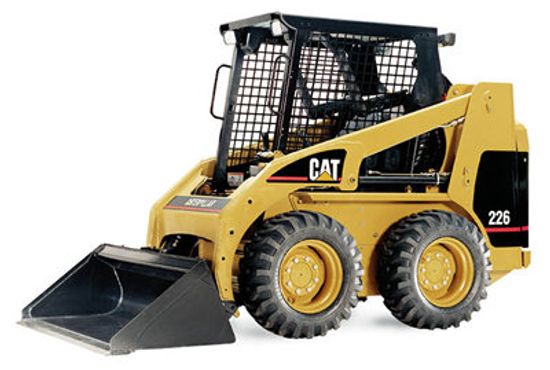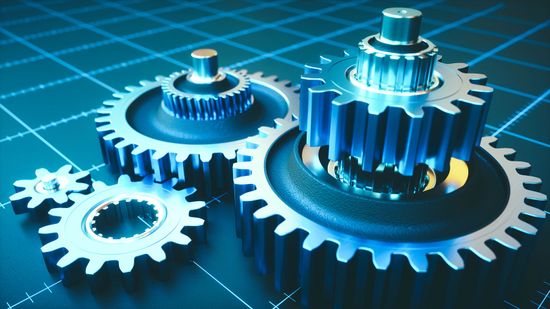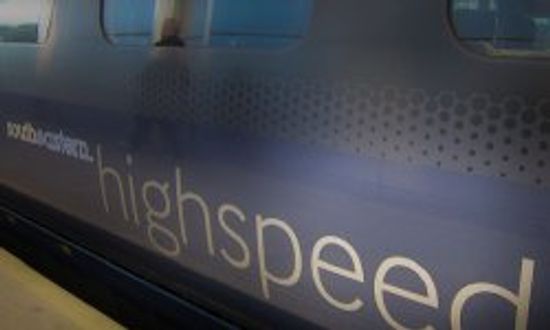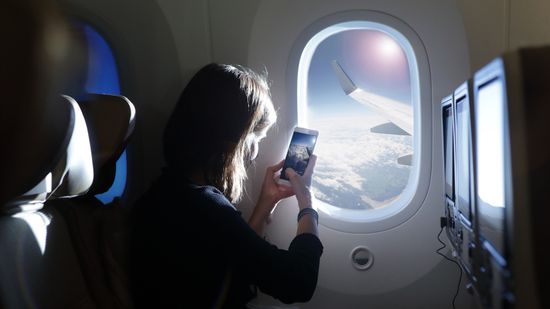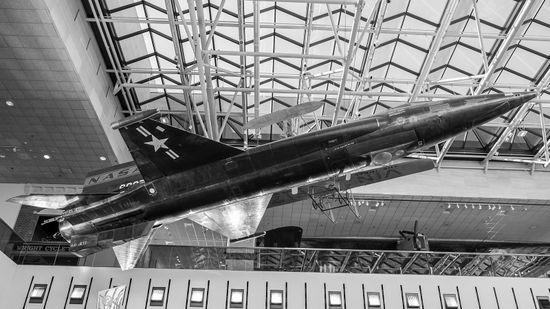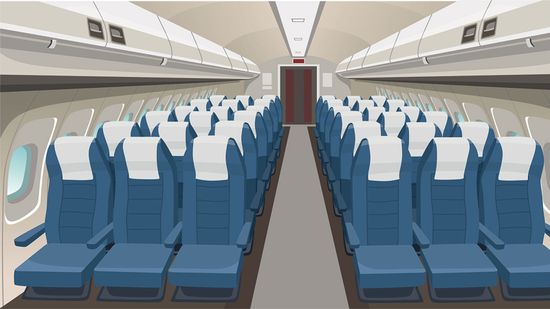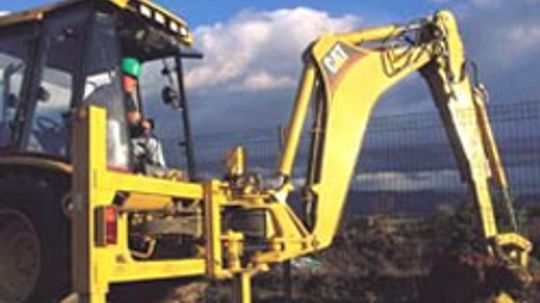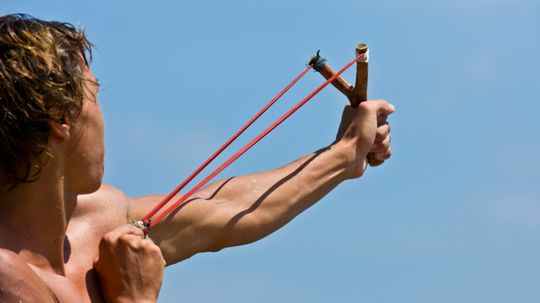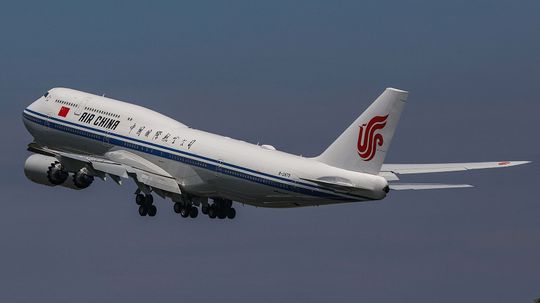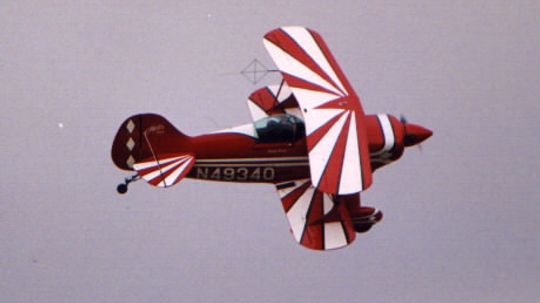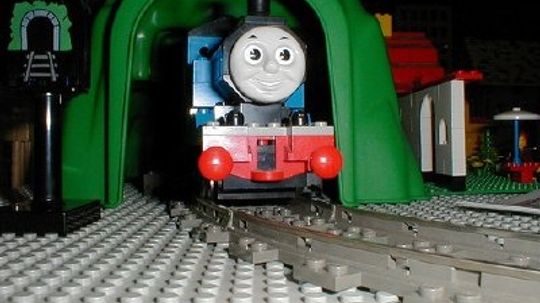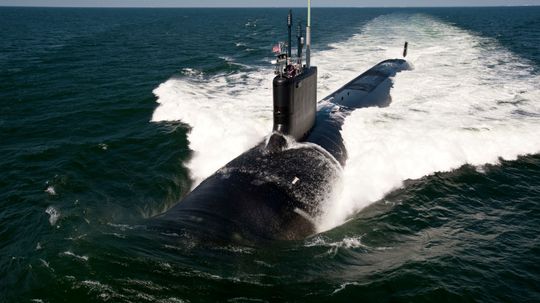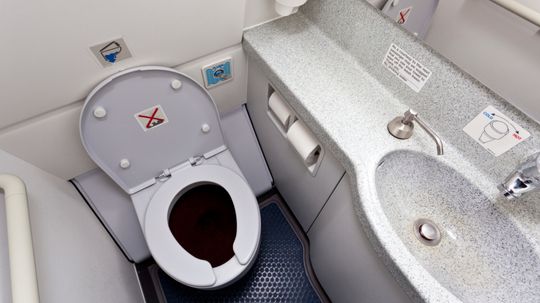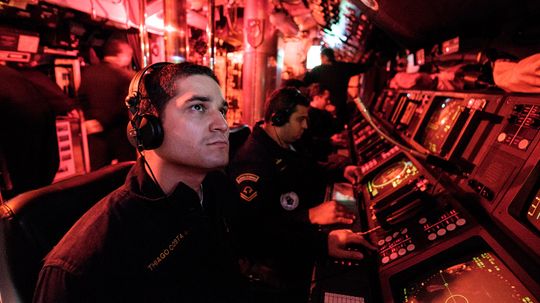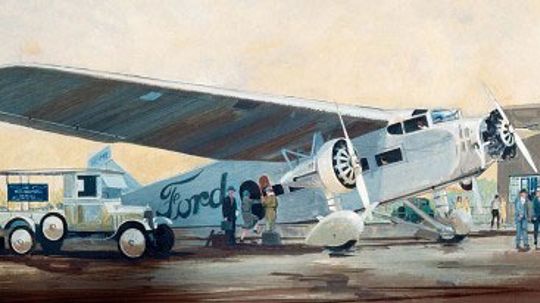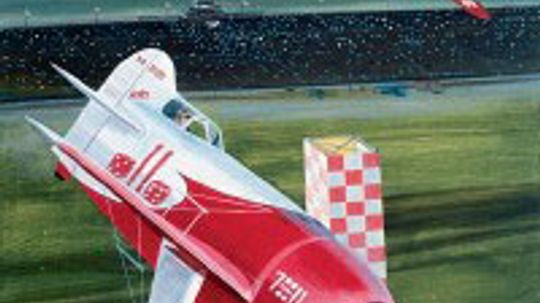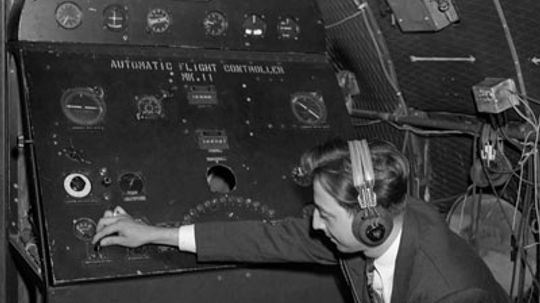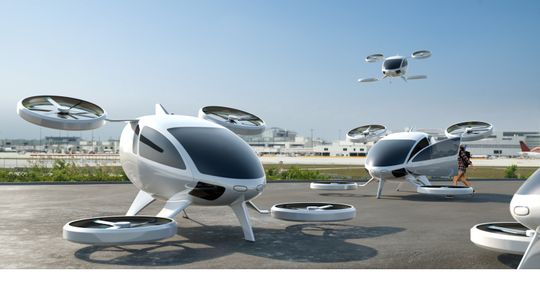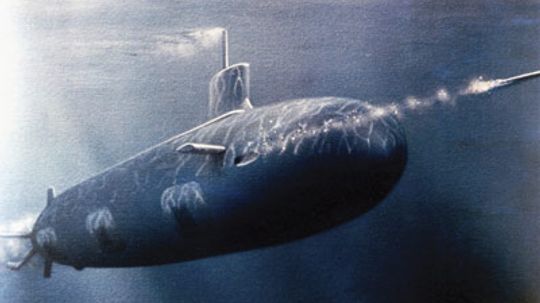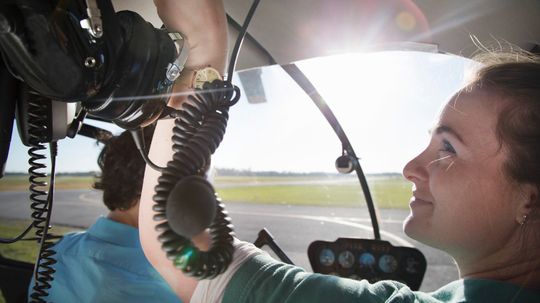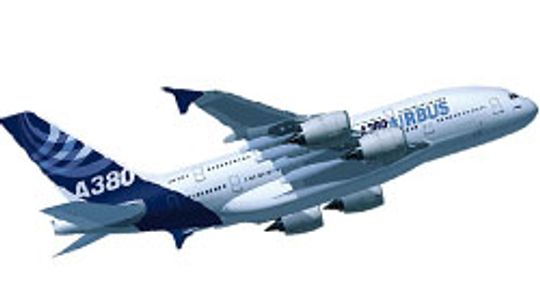Transportation
Many of us take public transportation or fly in airplanes on a regular basis, but have you ever wondered how all of these things work? This collection of transportation articles help explain how people get from place to place.
Learn More / Page 3
Believe it or not, the marvel we know as the helicopter began as a Chinese top consisting of a shaft - a stick - adorned with feathers on one end.
By Tom Harris & Talon Homer
Ever gaze in wonder at the huge cranes, bulldozers, backhoes, loaders, shovels and fork lifts on a construction site? Find out all about hydraulic machines, from backyard log splitters to big construction equipment.
A fascinating article that describes how a block and tackle (as well as levers and gears) works!
Advertisement
It doesn't seem like twisted rope and wooden gears or levers would be able to produce the force and speed needed to launch heavy loads a great distance.
By Yara Simón
Although the amount of fuel may seem high, when you do the math, it's actually not so bad.
By Talon Homer
Contrails are those long white clouds that form in the wake of an airplane flying at altitude. What causes these contrails and what are they made of? Learn the answer to this question in this article from HowStuffWorks.
I would like to know how airplanes can fly upside down and do loops. How does the fuel get to the engine if the plane is upside down?
Advertisement
Thomas the Tank Engine is a merchandising phenomenon that includes small wooden train sets, video tapes, books, clothing, an official Web site and tons of fan sites. But wait, what exactly is a "tank engine" anyway?
How do the engines breathe in diesel submarines? Don't internal combustion engines need a lot of oxygen to run? Where would all of this oxygen come from when the sub is underwater?
Do commercial jets have locks on the doors and ignition keys? If not, what keeps someone from stealing them?
When flushing the toilet in a passenger airplane, I'm amazed by the huge noise it makes -- like a powerful vacuum cleaner. Can you explain what makes this noise?
Advertisement
When I was a kid, my Aunt had constantly flowing water from a natural spring down the hill. She said the water was pumped uphill using a hydraulic ram. This device ran constantly and didn't need any electricity! What is a hydraulic ram and how does i
How are people able to breathe inside a submarine? What do they do to keep the air breathable?
Steam engines powered all early locomotives, steam boats and factories -- they fueled the Industrial Revolution. Learn how the steam engine produces power!
By Marshall Brain & Yara Simón
Every one of these classic airplanes was the product of loving care of an intelligent design team doing the best work of their era. Learn how aviation evolved and find links to classic airplane profiles, from the early years through today's jet age.
Advertisement
Over the years, 199 Ford Tri-Motors airplanes would be built. They would serve all three branches of the U.S. military, many airlines, many corporations, and 20 foreign countries. Learn about the strong, reliable, versatile Ford Tri-Motors aircraft.
The Gee Bee Super Sportster R-1 classic airplane was designed by the Granville Brothers, who became some of the most famous names in aviation during the Golden Age of Flight. Learn about the records and ignominy of the speedy Super Sportster R-1.
For some in-flight routines and procedures, autopilots are even better than a pair of human hands. They don't just make flights smoother -- they make them safer and more efficient.
Air taxis could make a trip to the beach or a visit with friends and relatives go from taking six hours on the highway to a quick, no-hassles plane ride. Find out how the air-taxi system will operate.
By Carolyn Snare
Advertisement
How do you start a gas turbine engine? What is the mechanism to begin the rotation of the large fan blades?
Since a torpedo cannot have an air-breathing engine like a boat, how is it propelled through the water?
Airline pilots have an amazing job with huge responsibilities. Learn what it's like to be a pilot and what it takes to make it in this highly competitive profession.
By Joel Freeman
It's the largest passenger jet ever built -- so huge that airports have to be redesigned to accommodate it. Find out just how big the A380 is and what this type of craft means for the future of air travel.
Advertisement
Blimps combine the simple buoyancy of a hot air balloon with the technology of an airplane. Learn all about these lighter-than-air vehicles.
Hot air balloons are about as simple as flying can get - no engine, no moving parts really, and very little the pilot can do to control the vehicle. Find out what it's like to fly a hot air balloon!
By Tom Harris
